Canada Goose
- February 19, 2024
- 0 comment
Canada Goose, scientifically known as Branta canadensis, is a striking species of waterfowl native to North America. These majestic birds are widely recognized for their large size, distinctive plumage, and impressive migratory patterns. With an average length ranging from 75 to 110 centimeters and weighing anywhere between 3 to 8 kilograms, Canada Geese possess a commanding presence in their natural habitats. Their plumage typically consists of various shades of brown, black, and white, featuring a long, black neck and head with a prominent white cheek patch beneath the chin. These geese inhabit a diverse range of wetland environments, including lakes, rivers, marshes, and coastal areas, displaying remarkable adaptability by also thriving in urban parks and golf courses.
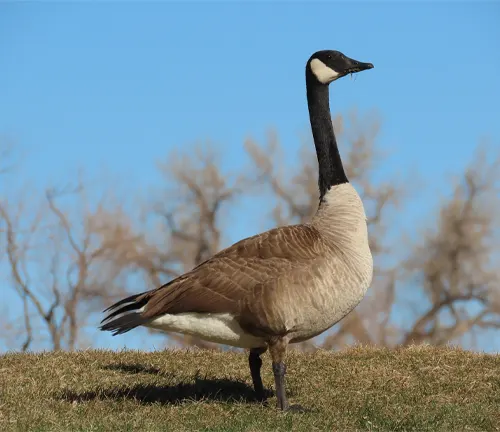
Known for their iconic V-shaped formation during migration, Canada Geese embark on extensive journeys between their breeding grounds in the northern regions of North America to warmer wintering areas in the south. Beyond their physical attributes and migratory habits, Canada Geese exhibit complex social behaviors, forming strong pair bonds and displaying vocal communication through distinctive honking calls. Despite facing challenges such as habitat loss and hunting pressures in the past, concerted conservation efforts have contributed to the preservation of Canada Goose populations, ensuring their continued presence and significance in the natural world.
| Specifications | Description |
|---|---|
| Scientific Name | Branta canadensis |
| Average Length | 75 – 110 centimeters |
| Average Weight | 3 – 8 kilograms |
| Plumage | Various shades of brown, black, and white |
| Neck and Head Color | Long black neck and head with white cheek patch |
| Habitat | Lakes, rivers, marshes, coastal areas, urban parks, golf courses |
| Migratory Patterns | Winter in southern regions, breed in northern regions of North America, migrate in V-shaped formation |
| Social Behavior | Form strong pair bonds, communicate through honking calls |
| Diet | Primarily herbivorous, feed on aquatic plants, grasses, grains, and occasionally small insects |
| Conservation Status | Protected under wildlife conservation laws, conservation efforts in place to stabilize populations |
Physical Characteristics
Size and Weight
The Canada Goose stands as a symbol of grandeur in the avian world, boasting an imposing stature that commands attention. On average, these birds measure between 75 to 110 centimeters in length, showcasing their remarkable size. But it’s not just their length that astounds; Canada Geese also exhibit considerable heft, with weights ranging from 3 to 8 kilograms. This substantial bulk contributes to their presence in their natural habitats and distinguishes them as one of the larger species of waterfowl.

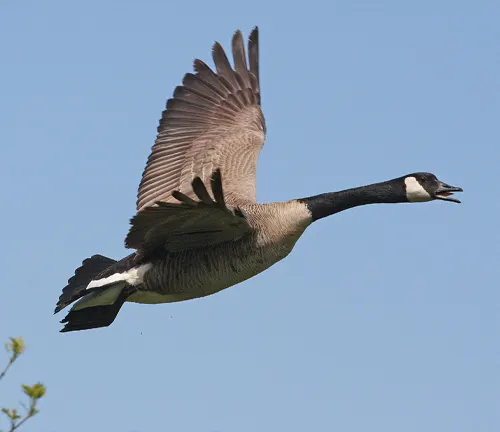
Plumage
Beyond their impressive dimensions, Canada Geese also captivate with their striking plumage. Their feathers display a rich tapestry of colors, including various shades of brown, black, and white. One of the most distinctive features of their plumage is the long black neck and head, accentuated by a prominent white cheek patch beneath the chin. This unique coloration not only adds to their aesthetic appeal but also serves practical purposes in their daily lives.
Habitat and Distribution
Natural Habitat
Canada Geese are highly adaptable birds that can be found in various habitats across North America. They are commonly associated with wetlands, including lakes, rivers, marshes, and coastal areas, where they feed on aquatic plants and forage for food. However, these versatile birds have also adapted to urban environments, often frequenting parks, golf courses, and agricultural fields in search of sustenance. Despite the changing landscapes, Canada Geese demonstrate resilience in their ability to thrive in both natural and human-altered habitats.
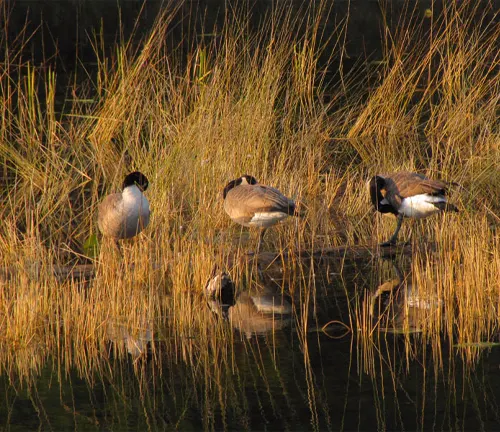
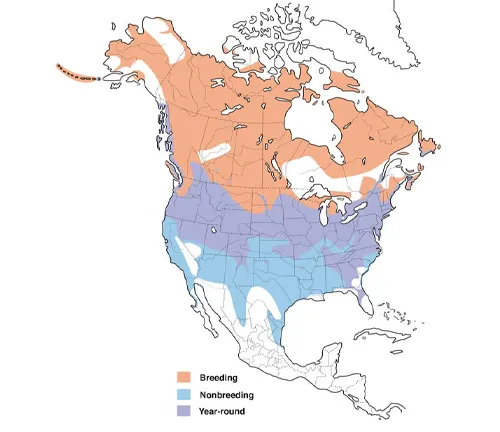
Migration Patterns
One of the most remarkable aspects of Canada Geese is their annual migration, which takes them thousands of kilometers between their breeding and wintering grounds. In the spring, these birds embark on northward journeys to their breeding grounds in the northern regions of North America. During this time, they form impressive V-shaped formations in the sky, utilizing aerodynamic principles to reduce wind resistance and conserve energy during flight.
As the seasons change and temperatures drop, Canada Geese undertake their southern migration to warmer wintering areas. These journeys are often punctuated by rest stops at various staging areas, where the birds replenish their energy reserves before continuing their journey. Along the way, they navigate vast distances, relying on internal compasses and environmental cues to guide their migration routes.
Behavior and Social Structure
Communication
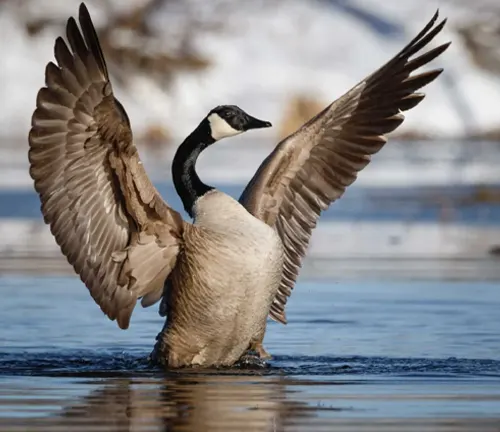
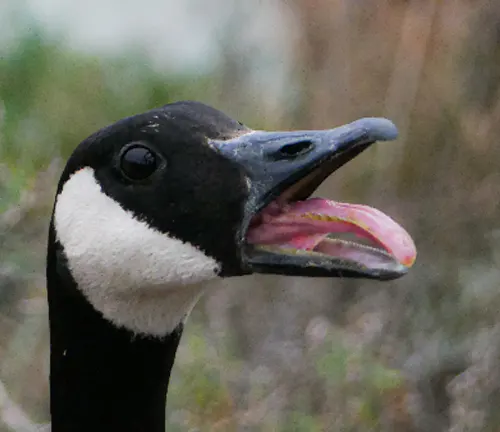
Canada Geese are highly vocal birds, using a variety of calls to communicate with each other and maintain social cohesion within their flocks. One of the most iconic sounds associated with Canada Geese is their distinctive honking call, which can be heard echoing across wetlands and open landscapes. These calls serve multiple purposes, including signaling alarm, establishing territory, and coordinating group movements during migration.
Beyond vocalizations, Canada Geese also engage in visual communication through body language and gestures. For example, individuals may engage in aggressive displays, such as head bobbing or wing flapping, to assert dominance or defend territory. Additionally, subtle cues such as posture and facial expressions convey information about the bird’s mood and intentions, facilitating communication within the flock.
Mating Habits
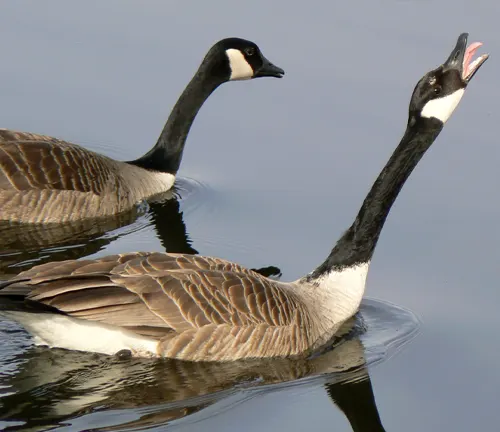

Mating habits play a vital role in the reproductive success of Canada Geese, with individuals forming strong pair bonds that last a lifetime. During the breeding season, males engage in elaborate courtship displays to attract mates, often involving vocalizations, head bobbing, and ritualized movements. Once pair bonds are established, mating occurs, typically leading to the formation of monogamous pairs that work together to raise their offspring.
Nesting behavior is another essential aspect of Canada Goose mating habits, with pairs selecting suitable sites to build their nests. These nests are often constructed in elevated areas near water, providing protection from predators and flooding. Both parents take turns incubating the eggs and caring for the young, demonstrating a remarkable level of parental investment in ensuring the survival of their offspring.
Diet and Feeding Habits
The Canada Goose, a remarkable species of waterfowl, possesses unique dietary preferences and feeding habits that contribute to its survival and ecological role. In this article, we’ll delve into the dietary habits of Canada Geese and uncover the intricacies of their feeding behaviors.
Diet
Canada Geese are primarily herbivorous, meaning they primarily consume plant matter as their main source of nutrition. Their diet consists of a wide variety of vegetation, including aquatic plants, grasses, sedges, and grains. These adaptable birds are known to forage in a diverse range of habitats, including wetlands, agricultural fields, and urban parks, where they feed on available vegetation.

While plant matter forms the bulk of their diet, Canada Geese may also supplement their nutrition with small amounts of animal matter, such as insects, mollusks, and crustaceans. However, these animal foods are secondary to their plant-based diet and are typically consumed opportunistically rather than being actively sought out.

Feeding Habits
Canada Geese employ a variety of feeding strategies to obtain their food, depending on the availability of resources and environmental conditions. One common feeding behavior observed in Canada Geese is grazing, where they graze on grasses and other low-lying vegetation in open fields or meadows. They may also engage in dabbling, where they tip their bodies forward in shallow water to reach aquatic plants and submerged vegetation.
During the breeding season, Canada Geese may exhibit a more selective feeding behavior, focusing on high-protein foods to support egg production and chick rearing. This may involve foraging for specific plant species or seeking out areas with abundant food resources to ensure the nutritional needs of both adults and offspring are met.
Conservation Status
Historical Population Decline
Historically, Canada Goose populations experienced dramatic declines attributed to habitat loss, overhunting, and pollution. As wetlands were drained for agriculture and urban development expanded, crucial breeding and foraging habitats were lost, leading to reduced breeding success and overall population declines. Additionally, unregulated hunting in the past further exacerbated population losses, pushing Canada Geese to the brink of extirpation in some regions.
Current Conservation Efforts
In response to these challenges, numerous conservation efforts have been implemented to protect and restore Canada Goose populations. Habitat conservation and restoration initiatives aim to preserve critical wetland habitats and create suitable breeding, migration, and wintering areas for Canada Geese. This includes the establishment of protected areas, such as national wildlife refuges and conservation reserves, where habitat management practices are implemented to benefit waterfowl.
Regulatory measures, including hunting regulations and bag limits, have been implemented to ensure sustainable harvests and prevent overexploitation of Canada Goose populations. These regulations are designed to maintain viable populations while providing recreational hunting opportunities for waterfowl enthusiasts.
Interactions with Humans
Economic Importance
Canada Geese contribute to local economies through various avenues, making them economically important species. One significant aspect of their economic importance lies in their role as game birds. Canada Geese are sought after by hunters for their meat and feathers, generating revenue through hunting licenses, permits, and associated equipment sales. This creates economic opportunities for businesses catering to hunting tourism, including outfitters, guides, and lodging establishments in regions where waterfowl hunting is popular.
Cultural Significance
Beyond their economic importance, Canada Geese hold profound cultural significance for many indigenous peoples and societies around the world. In Indigenous cultures of North America, Canada Geese are revered as symbols of resilience, adaptability, and connection to the land. They feature prominently in folklore, traditional ceremonies, and spiritual beliefs, embodying values of harmony with nature and respect for wildlife.
Canada Geese are also celebrated in art, literature, and popular culture, serving as iconic symbols of wilderness, freedom, and the beauty of the natural world. Their distinctive honking calls, graceful flight formations, and majestic presence inspire awe and admiration in people of all ages, transcending cultural boundaries and fostering a sense of wonder and appreciation for the avian world.
Different Species
Branta canadensis canadensis
This subspecies, often referred to as the “Atlantic Canada Goose,” is found in eastern North America, particularly in the Atlantic provinces of Canada and along the eastern seaboard of the United States. It is known for its large size and distinctive plumage.
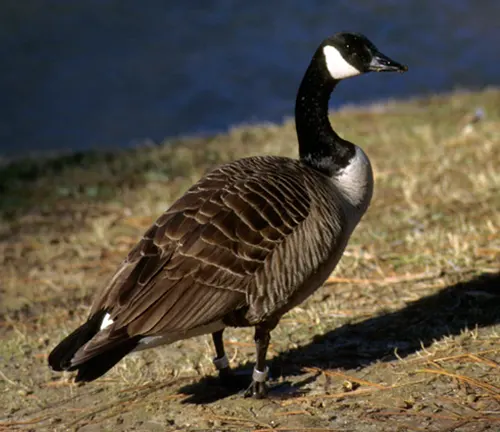
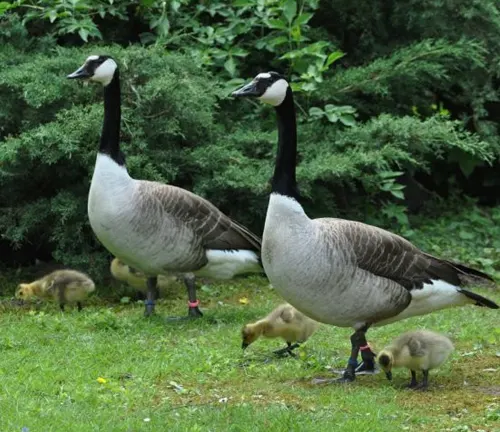
Branta canadensis maxima
Commonly known as the “Giant Canada Goose,” this subspecies is notable for its larger size compared to other Canada Goose populations. It is primarily found in the Mississippi Flyway and Great Lakes region of North America.
Branta canadensis interior
Also known as the “Interior Canada Goose,” this subspecies is found in central North America, including the Great Plains and prairie regions of the United States and Canada. It exhibits variations in size and plumage patterns compared to other subspecies.
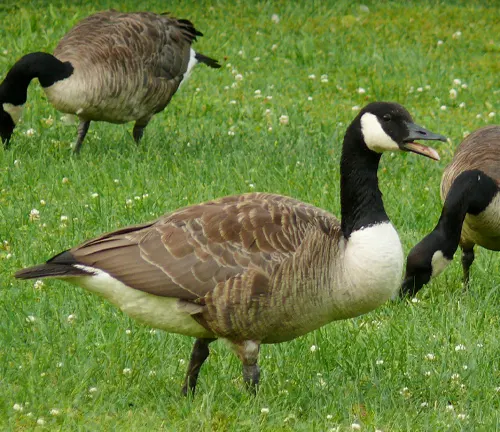
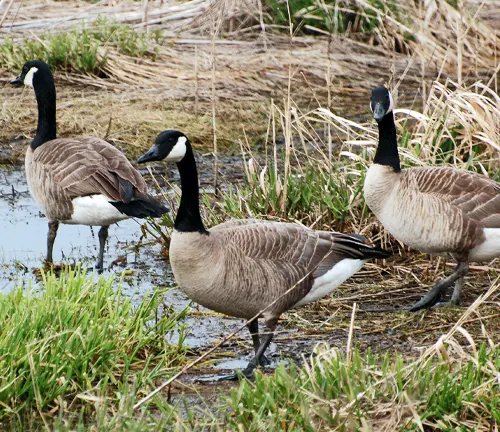
Branta canadensis moffitti
The “Moffitt’s Canada Goose” is a subspecies found in the Pacific Northwest region of North America, including British Columbia, Washington, and Oregon. It is known for its smaller size and darker plumage compared to other subspecies.
Branta canadensis parvipes
The “Lesser Canada Goose” is a smaller subspecies found in the northern regions of North America, including Alaska and the Arctic tundra. It is characterized by its smaller size and more compact build compared to other Canada Goose subspecies.
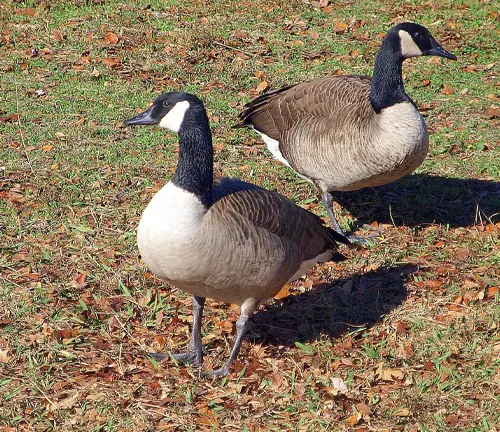
Frequently Asked Questions (FAQs).
- Are Canada Geese native to Canada?
Yes, Canada Geese are native to Canada. They are found throughout North America, including Canada, the United States, and parts of Mexico. - How long do Canada Geese live in the wild?
Canada Geese typically live for around 10 to 24 years in the wild, although some individuals may live longer. - What do Canada Geese eat?
Canada Geese are primarily herbivorous and feed on a variety of plant matter, including grasses, grains, aquatic plants, and agricultural crops. They may also consume small amounts of animal matter, such as insects and crustaceans. - Do Canada Geese mate for life?
Yes, Canada Geese are known to form strong pair bonds and often mate for life. They typically remain with the same mate year after year, contributing to their monogamous breeding behavior. - Why do Canada Geese migrate?
Canada Geese migrate to ensure access to suitable breeding and wintering habitats, as well as to take advantage of seasonal changes in food availability. Migratory patterns also allow them to avoid harsh weather conditions and maintain optimal breeding conditions. - How far do Canada Geese migrate each year?
Canada Geese undertake extensive migratory journeys, with some populations traveling thousands of kilometers between their breeding and wintering grounds. The exact distance varies depending on the geographic location of the population and the specific migration route taken. - Do Canada Geese pose any threats to humans?
While Canada Geese generally pose minimal threats to humans, they can occasionally become aggressive, especially during the breeding season or when defending their nests and offspring. Additionally, their droppings can create sanitation issues in urban areas and near water bodies. - What is the average size of a Canada Goose nest?
The average size of a Canada Goose nest varies but is typically around 30 to 60 centimeters in diameter. Nests are constructed from plant materials and lined with down feathers for insulation. - How many eggs does a Canada Goose typically lay?
Canada Geese typically lay between 2 to 9 eggs per clutch, with the average clutch size being around 5 eggs. The number of eggs laid can vary depending on factors such as habitat quality and environmental conditions. - What predators do Canada Geese face in the wild?
Canada Geese face predation from a variety of natural predators, including foxes, coyotes, raccoons, birds of prey, and larger mammals such as bears and wolves. Eggs and young goslings are particularly vulnerable to predation. - How do Canada Geese communicate with each other?
Canada Geese communicate with each other using a variety of vocalizations, including honking calls, hisses, and alarm calls. They also use body language and visual displays to convey information and maintain social bonds within their flocks. - What is the significance of Canada Geese in indigenous cultures?
Canada Geese hold significant cultural and symbolic importance in many indigenous cultures of North America, representing qualities such as resilience, adaptability, and connection to the land. They feature prominently in folklore, traditional ceremonies, and spiritual beliefs. - Are Canada Geese protected by law?
Yes, Canada Geese are protected by various wildlife conservation laws and regulations in Canada, the United States, and other countries within their range. These laws prohibit hunting outside of designated seasons, restrict the removal of eggs and nests, and establish protected areas for conservation purposes. - Can Canada Geese fly at night?
Yes, Canada Geese are capable of flying at night, particularly during migration when they may travel long distances to reach their wintering or breeding grounds. However, they typically prefer to fly during the day when visibility is better and they can navigate more easily. - What conservation efforts are in place to protect Canada Geese?
Conservation efforts aimed at protecting Canada Geese include habitat conservation and restoration, hunting regulations to ensure sustainable harvests, research and monitoring programs to track population trends and behavior, and public education and outreach initiatives to raise awareness about the importance of conserving these iconic waterfowl species.




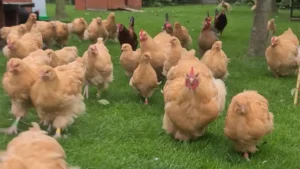

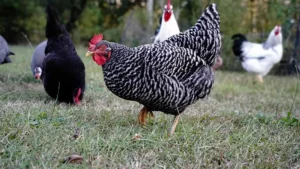
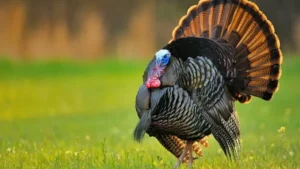
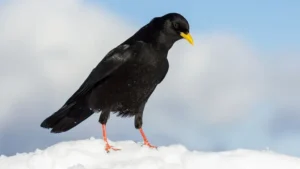

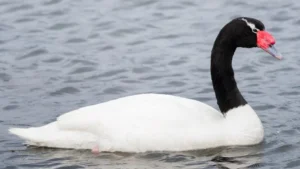
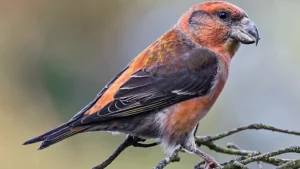
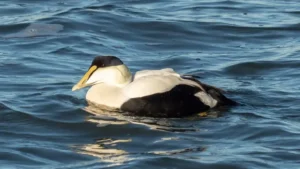
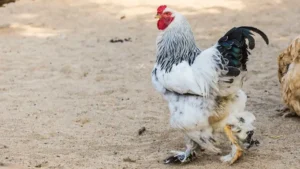
Leave your comment